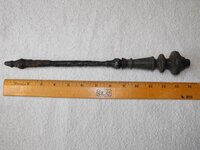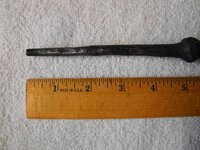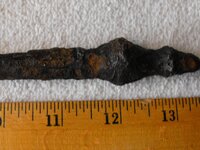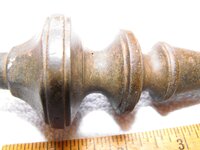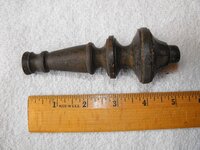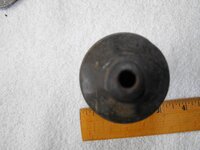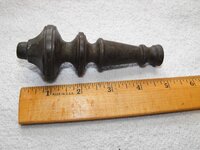deldave
Full Member
- Jul 9, 2013
- 164
- 292
- Detector(s) used
- Garrett AT PRO, ACE 250, pro-pointer
- Primary Interest:
- All Treasure Hunting
This was found in lower Delaware MD with Garrett 250. It rang out loud and clear at 7-8". When I removed the handle from the ground the wrought iron shaft fell out! The odd thing is that the handle could have been a simple turned piece of solid brass, but it is hollow and made from many pieces. I hope this will help someone with more knowledge help to date it. Thanks, deldave
Attachments
Last edited:


